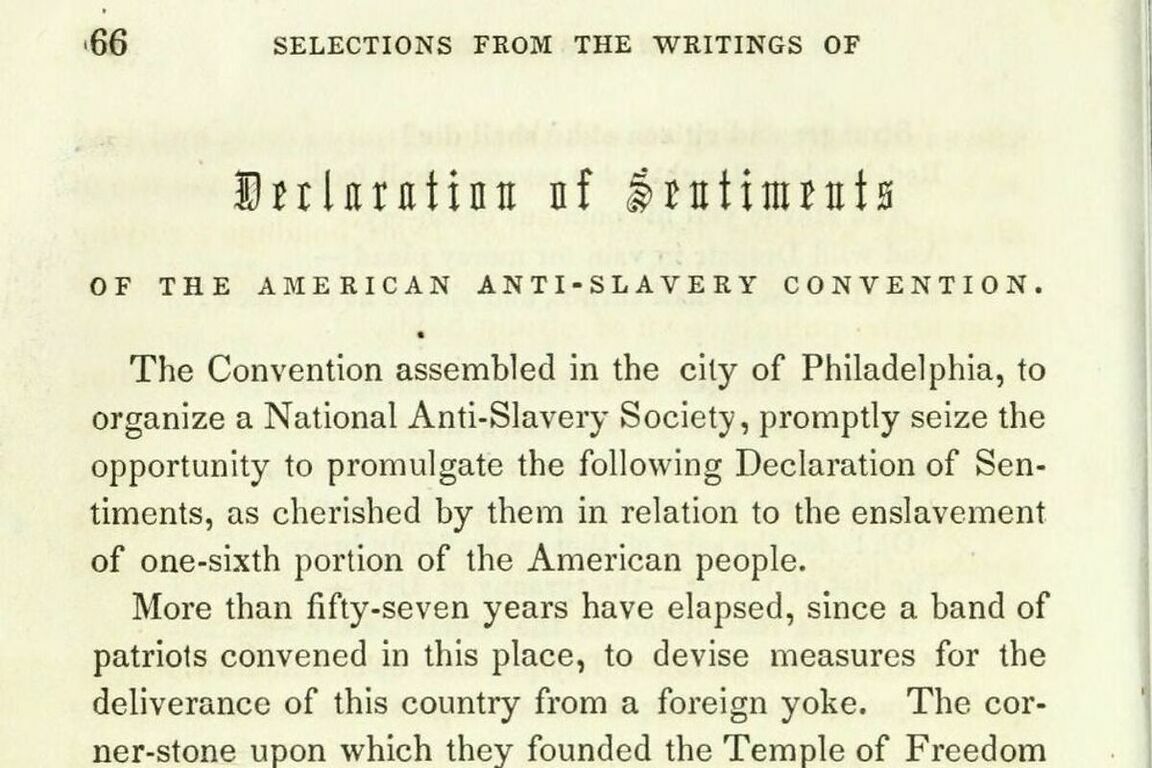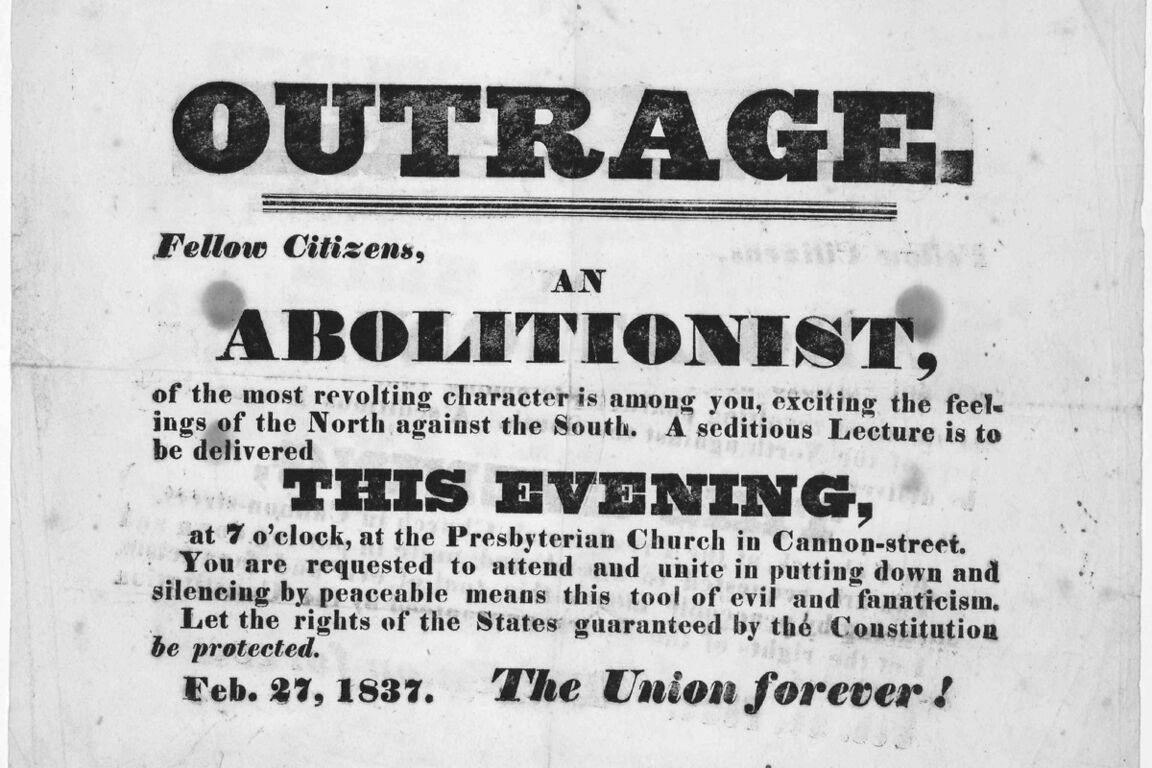Frederick Douglass was exposed to the abolitionist movement through the Black community and The Liberator, a newspaper edited by William Lloyd Garrison. Douglass won renown as an effective orator, which led many white Americans to accuse him of never having been a slave. This module explores the influence of his relationship with William Lloyd Garrison, and the impact of Douglass publishing his first autobiography. Students will analyze abolitionist and pro-slavery primary sources and consider discussion prompts for more dialogue and deeper reflection.
Essential Question:
How does Frederick Douglass use his celebrity and fame to aid the cause of abolitionism?
Thinking Questions:
- What impact did William Lloyd Garrison and The Liberator have on Frederick Douglass?
- Why did Frederick Douglass feel it was important that he write about his experiences as an enslaved person?
- Why did Douglass include the words “Written By Himself” in his autobiography title, Narrative of the Life of Frederick Douglass, An American Slave?
- How did Frederick Douglass respond to accusations against him?
- How did the success of his first autobiography and his public speaking career affect Frederick Douglass?









